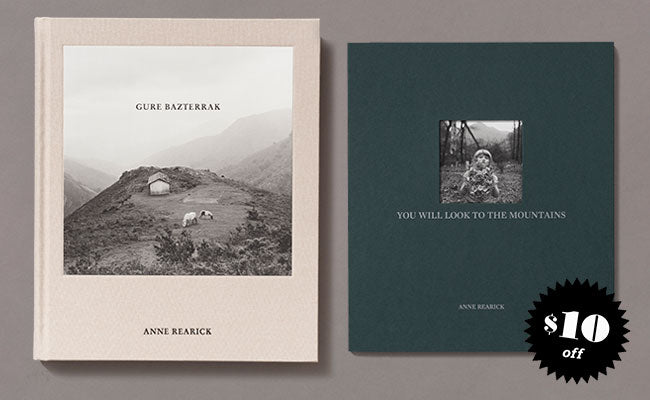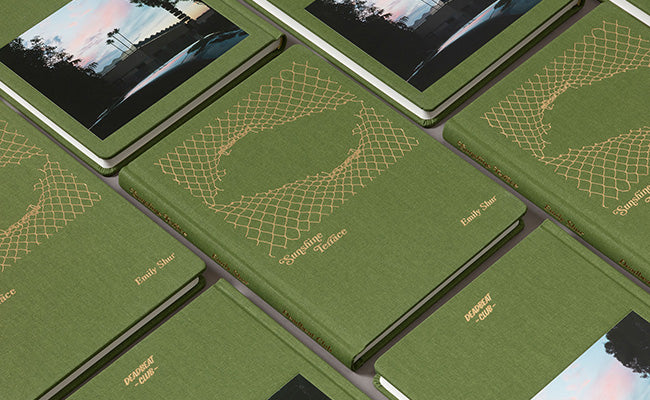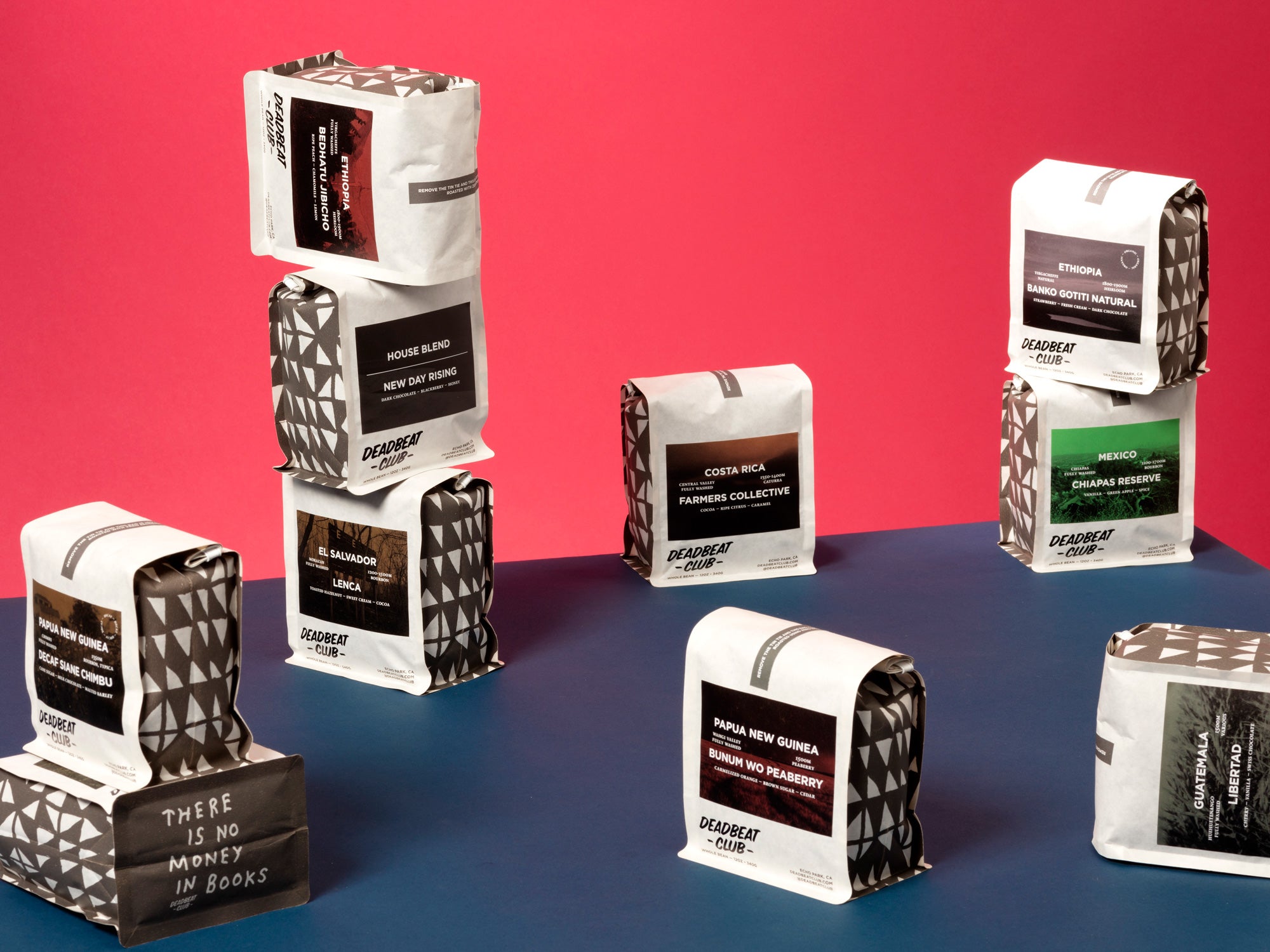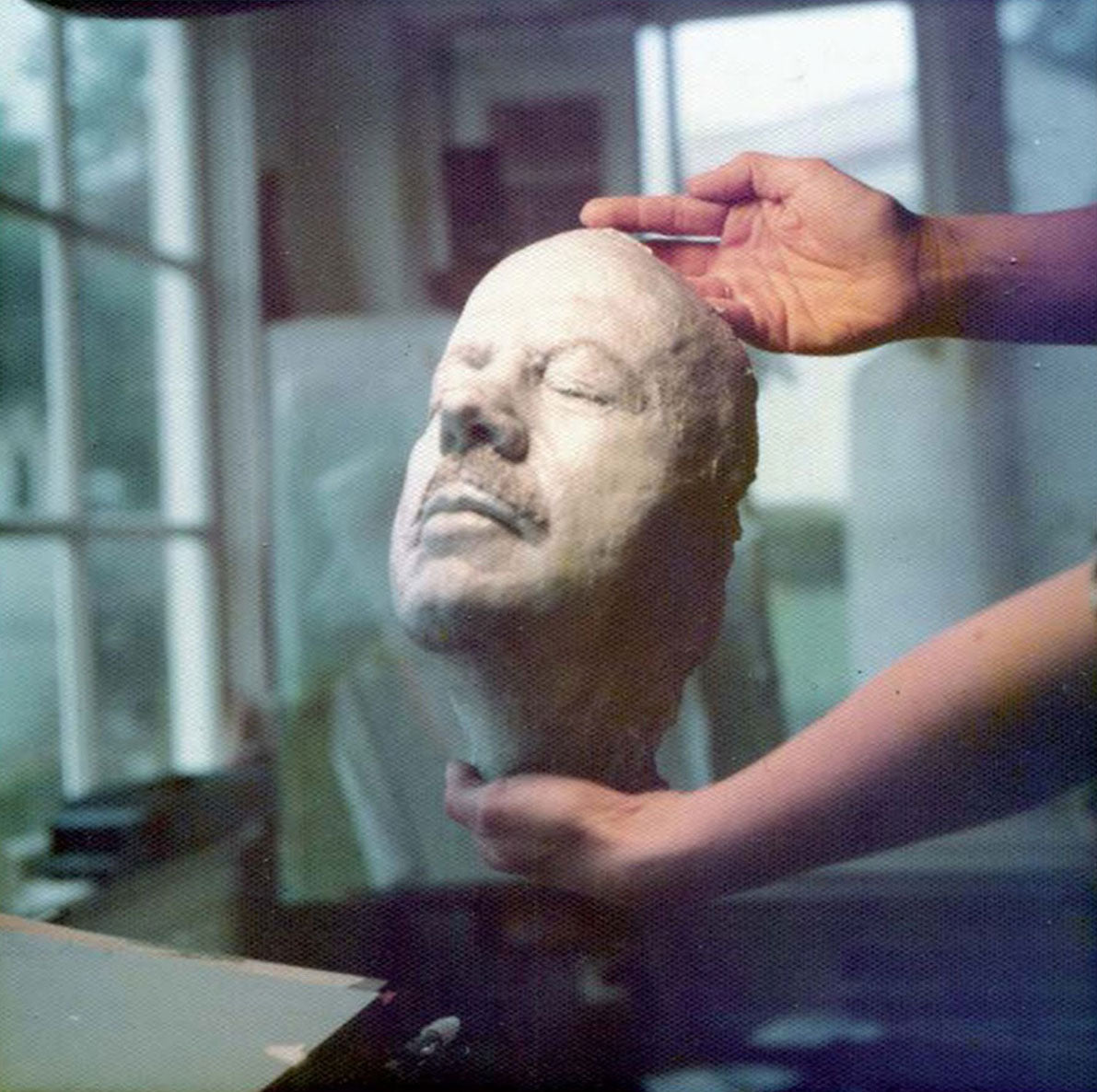
PHOTOBOOKS OF NOTE 2019 - RACHAEL BANKS
Christmas Day, Bucks Pond Road
Tim Carpenter
Publisher: The Ice Plant
2019 was a great year to collect books from Tim Carpenter. In addition to his book Illinois Central (2019, Kris Graves Projects), I was equally drawn to Christmas Day, Bucks Pond Road. Carpenter’s work displays a deep reverence for home – despite distance and the passing of time, a part of him remains rooted within the Midwestern landscape. Carpenter is straightforward in his working methodology by sharing that all the photographs in the book are from a single winter day. As an educator, I frequently reiterate to my students the importance of producing work over an extended period so that a well-rounded narrative can naturally occur. I can’t remember who told me this as a student, but I’ve adopted this phrase for my students, “You can break the rules after you show me that you know how to follow them first.” Tim Carpenter breaks the rules and does it well. While flipping through the pages of Christmas Day, Bucks Pond Road, I lose any concept of time and am consumed by familiar images that remind me of the winding roads and endless farmland that blurs past me as I drive to my father’s farm every Christmas morning.
What I listened to while reading: Old Man // Neil Young
Omaha Sketchbook
Gregory Halpern
Publisher: Mack
When I first opened Omaha Sketchbook at my office desk, I was surprised by the small scale of the roughly 2” x 3” image, floating within the vastness of the 9” x 11” page. “Interesting start and use of negative space,” I thought, as I started to flip through the pages, I quickly realized that the entire book followed this format. Every page, mostly unused space, and the inclusion of 1-2 images following the same small scale. Initially, I thought, “Have I been cheated?” and “What is the point of making the book this large?” But, then I looked through the book again, at a slower pace, and then I did that about ten more times. There are a lot of photobooks in the world, and they are expensive to make. When making a book, most people will utilize as much of the book as they can, and as the design will allow.
When we look at photobooks, we want and expect to see as much of the image as the format of the book will permit. Halpern goes against the expected and presents something different: a book where you can breathe. I know what it is like to be both attracted and repulsed by a place – a suggested sentiment I share with Halpern’s examination of Midwestern Nebraska. I find that the presentation of the book allows for an intimate viewing experience of images that sometimes suggest a lack of intimacy in regard to theme. Bigger is not always better, as evidenced by the sequence of an overwhelming number of photographs (balanced with the use of scale and negative space) that depict Midwestern America, adolescence, masculinity, and the looming darkness that suggests things are not as they seem.
What I listened to while reading: Deterritory // Young Jesus
The Rug’s Topography
Rana Young
Publisher: Kris Graves Projects
When a relationship is ending, most people attempt to reconcile the loss as a refusal to accept failure, or they get away as fast as possible without looking back. Rana Young’s The Rug’s Topography bravely faces the dissolution of a romantic relationship through collaboration with her former partner. We’ve all heard the phrase, “If you love someone, let them go” – Rana lets Matty go, but Matty stays for their final act. The relationship is gone, but the love remains. In the darkness of Young’s shadowy photographs, there are glimpses of light that embrace the end and open up to the future.
What I listened to while reading: Can’t Wait Until Tomorrow // Angel Olsen
Sara didn’t like to be in the pictures
Nathan Pearce
Publisher: Same Coin Press
Sara didn't like to be in the pictures reminds me of the mistakes I have made when making personal work about family and relationships. You can't force someone to be a part of your work, even if they are the closest to you. The discomfort of Pearce's images depicts idyllic and hazy scenes from his hometown in a way that is both romantic and heartbreaking. Instead of his typical black and white format, Pearce presents images in a warm and vivid color palette, deceptively alluring – only to discover an inherent sadness in the absence of a lover. Sara never shows up in the book – a reminder that nothing is forever.
What I listened to while reading: Dry Heave // Like Bats
The Housemate
Kevin O’Meara
Publisher: Lunch Books
Encased in a standard blue folder with metal prong fastener clips as the binding, The Housemate doesn’t look like a book when you pick it up, and that is my attraction to it. The Housemate is not presented in this alternative format for the sake of creative license or to question what defines a “book” - instead, it serves as an accurate representation of its subject matter. If you’re looking for shock value-driven images of addicts – this is not the book for you. O’Meara follows a different path by making work about addiction and recovery. He avoids heavy-handed images that hand-feed an outside viewer the perils of addiction. Instead, O’Meara photographs contemplative and quiet scenes around sober living communities. From format to imagery, O’Meara presents a book about addiction that caters more to an audience who share experiences in the journey to recovery. If you’re interested in work for those who have endured addiction and recovery - if you’re willing to learn, this is the book for you.
What I listened to while reading: Alligator Skin Boots // McCafferty
Rachael Banks is an Assistant Professor of Photography Northern Kentucky University. She is a great curator and even better photographer. Rachael is always putting together projects i always wish was closer to LA.












